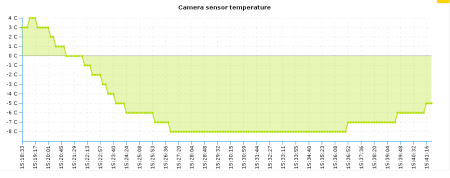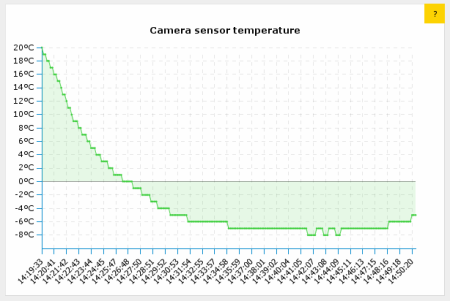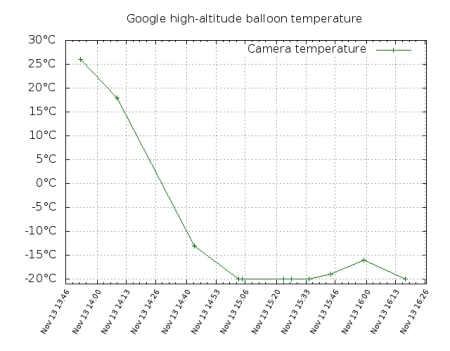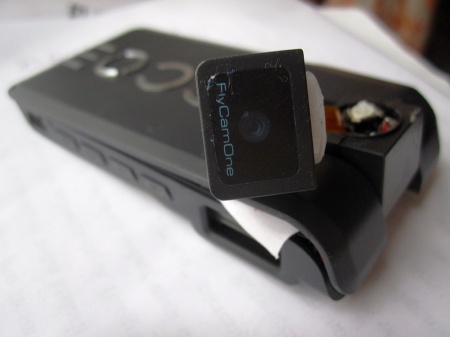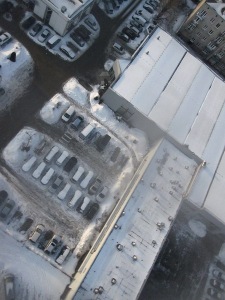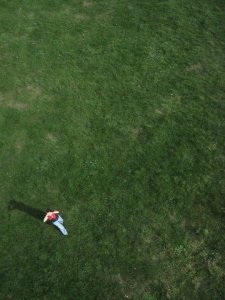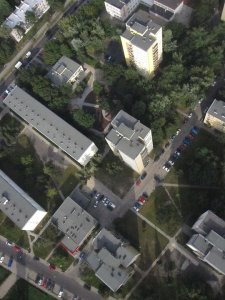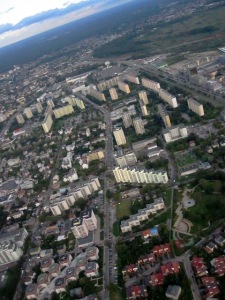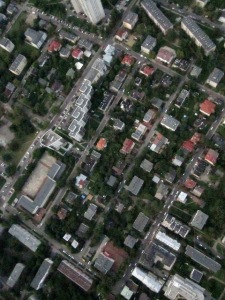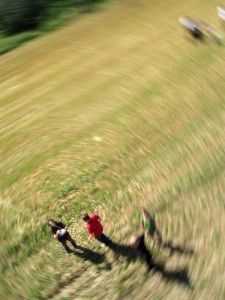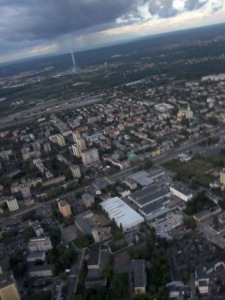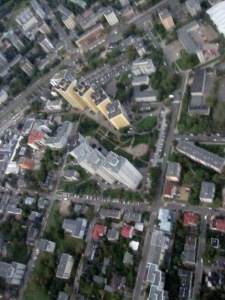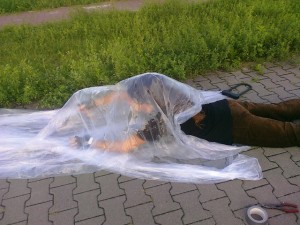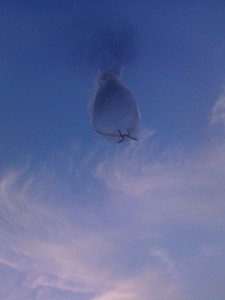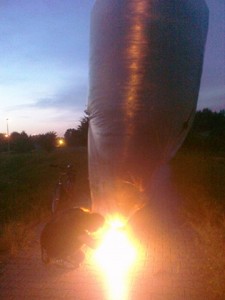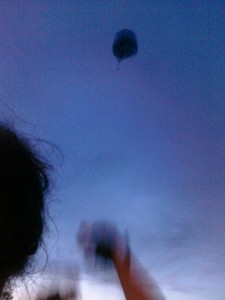Just a mention of a fact that may be well know, KLM’s in-flight media computers run linux, yay. I saw one rebooting on somebody sitting in the next row, unfortunately it took some 5 minutes to (network-)boot showing the booting messages in framebuffer to the poor person. The machines also get a little hot. Apparently others have managed to record all of the boot process where you can see they run sshd and what not. It would be a cool project to try to get console access with the keyboard on the back of the handset, the computer could then become more useful.
In other news USA is overrated. Grassrootmapping.org’s wiki mentions 95 gallon trashbags that are good as helium-filled or hot air balloons, which I haven’t found in Europe in this size. Turns out they’re also hardly available in the US. (I happened to meet some GrassrootsMappers who came to the WhereCamp San Francisco last weekend over from New York, and we have flown a kite, a mylar helium balloon, we have tried shooting cameras into air with a big slingshot and even wondered about aerial photography with water rockets. Kudos to the designer of the WhereCamp “Null Island” t-shirt)
The frozen pizzas are also not as good as I thought. I have an old IRC friend from Florida who, for some reason, really likes the frozen pizzas like DiGiorno. He’s worked as a chef in a pizzeria (in fact four different pizzerias) so it sounds like he knows what he says. Having found all of the frozen pizza brands in Europe to be invariably tasteless and not showing any resemblance to actual pizza as I know it, I thought it was an american thing and set out on this research project to try various US frozen pizzas. And they may be slightly better but, after a series of experiments, I haven’t found the difference to be so significant. (..in case you’re in Europe and just have been wondering the same thing).
I’m happy to report though that 4G data connectivity is nice and, a result of my US trip, you can now use it from under linux with either of the USB modems offered by Verizon.
